Anafiotika
Anafiotika is a Cycladic neighbourhood at the heart of Athens.
Location
Timeline
Modern and Contemporary era (1821 - )
1847 Beginning of the construction works that lasted less than 20 years.
1950 Part of the neighbourhood was demolished to carry out excavations.
1970 Expropriations made by the Ministry of Culture.
Ottoman era (1453- 1821)
The area was called "Black Stones" because it was inhabited by African slaves.
Byzantine era (331 AC- 1453)
Roman era (30 BC- 330 AC)
Hellenistic era (322- 31 BC)
Classical era (478-323 BC)
In ancient times it was not allowed for anyone to reside in the area, a rule breached by Peloponnesian war refugees.










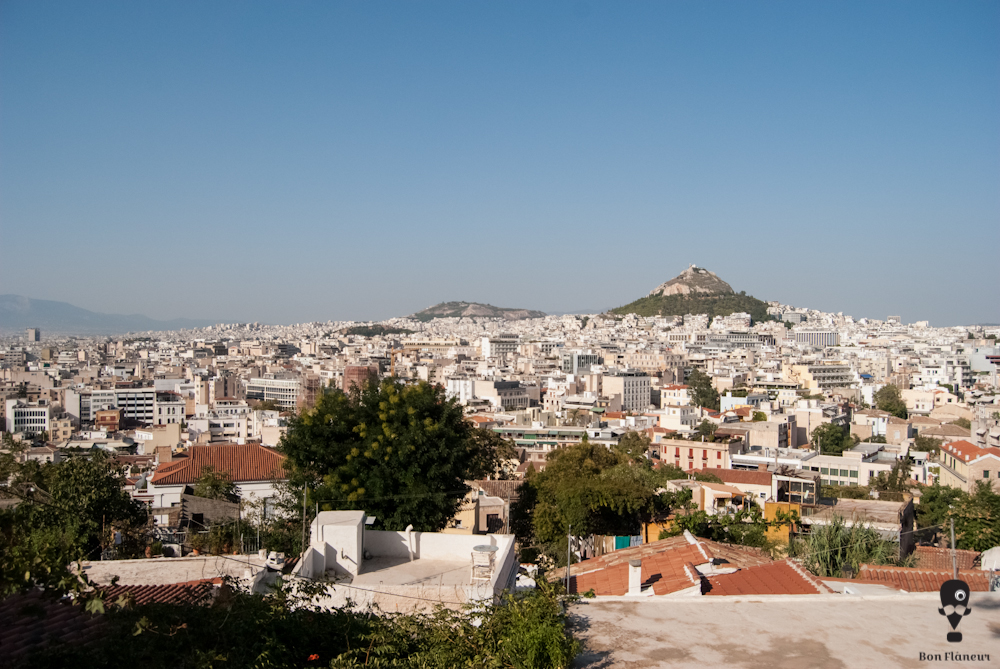
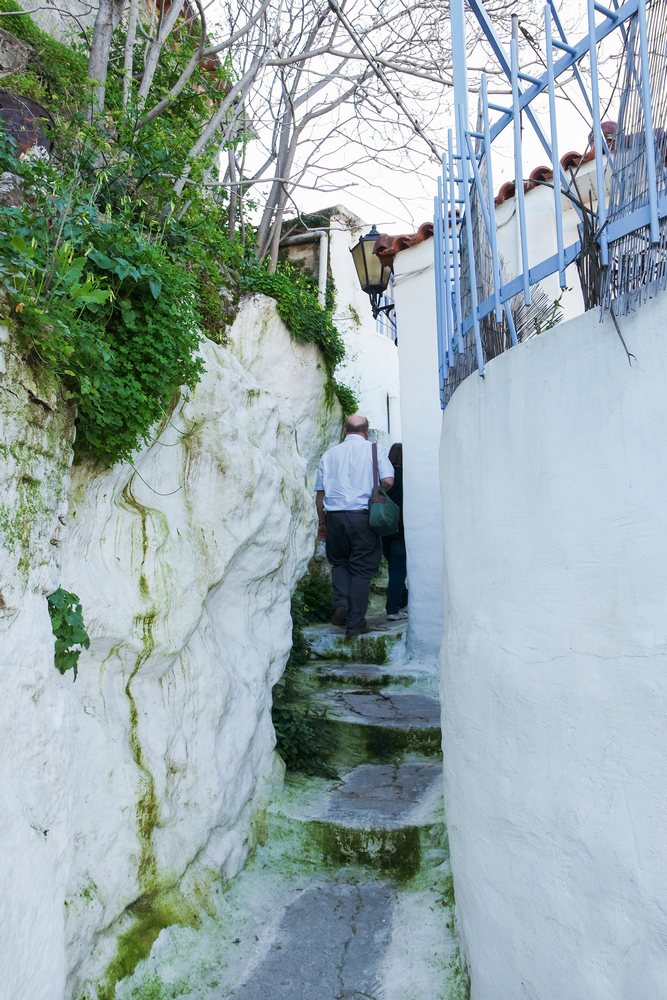
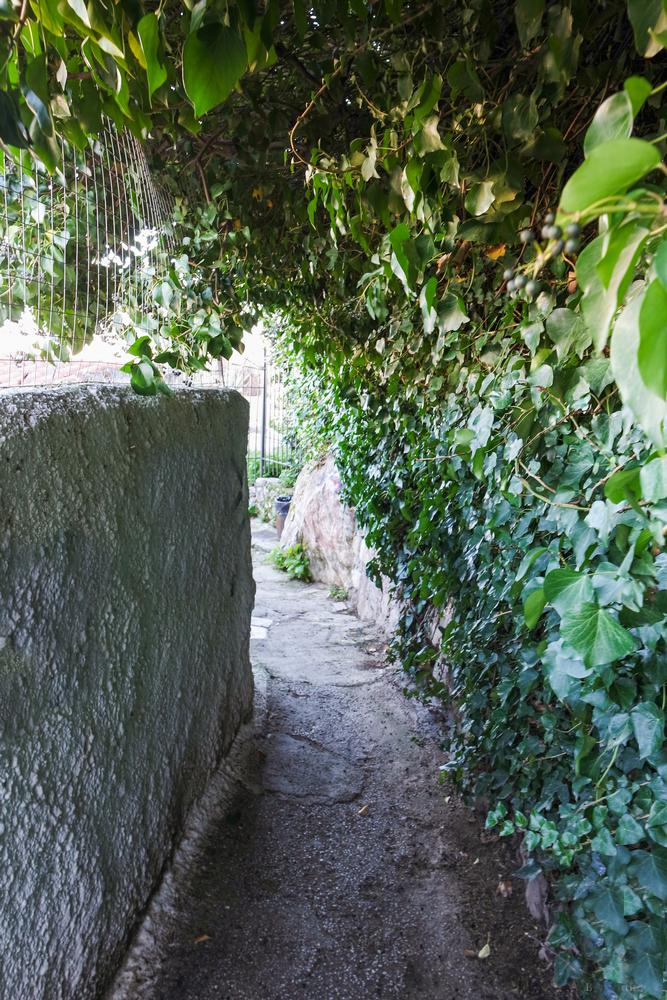
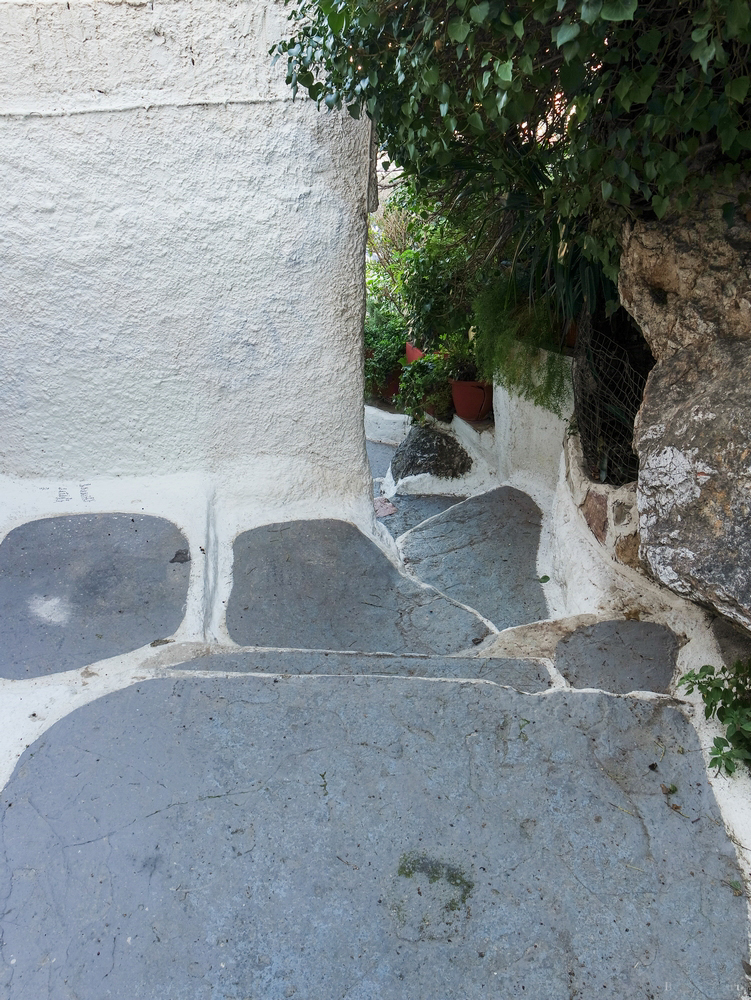
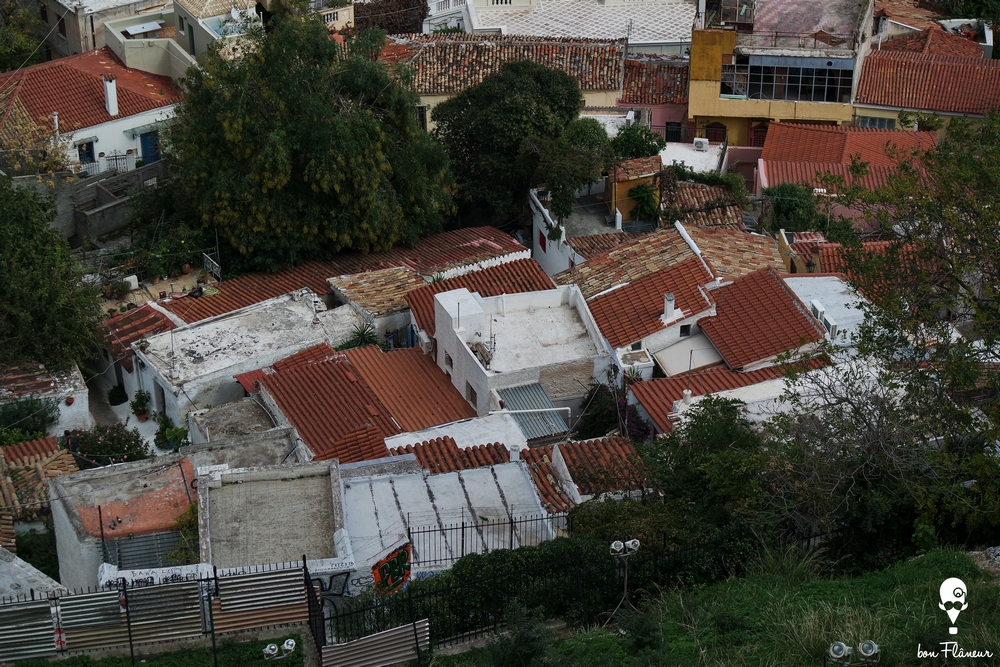
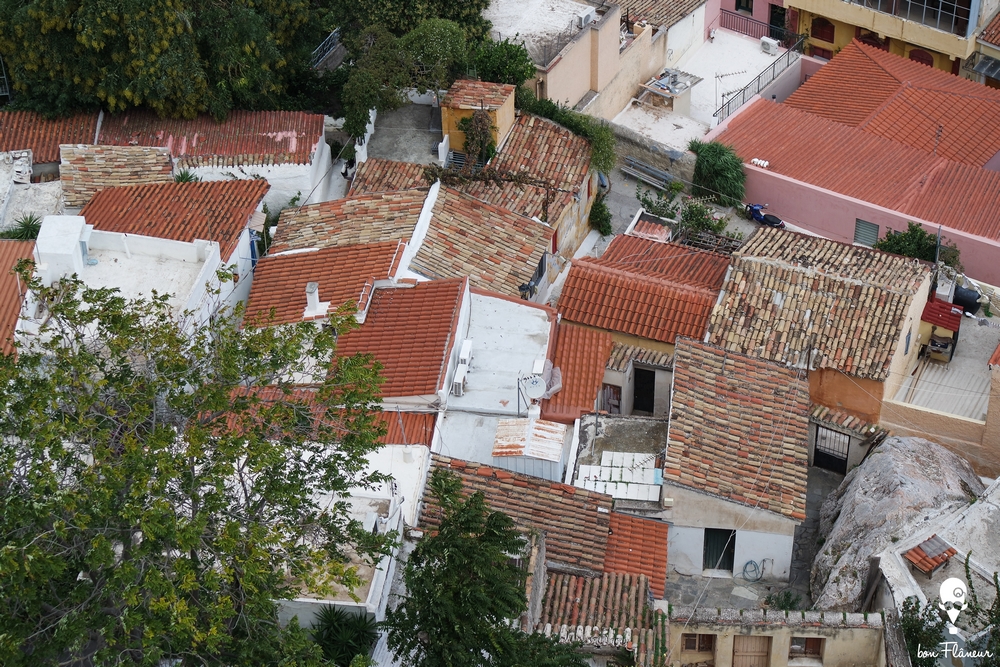

Share